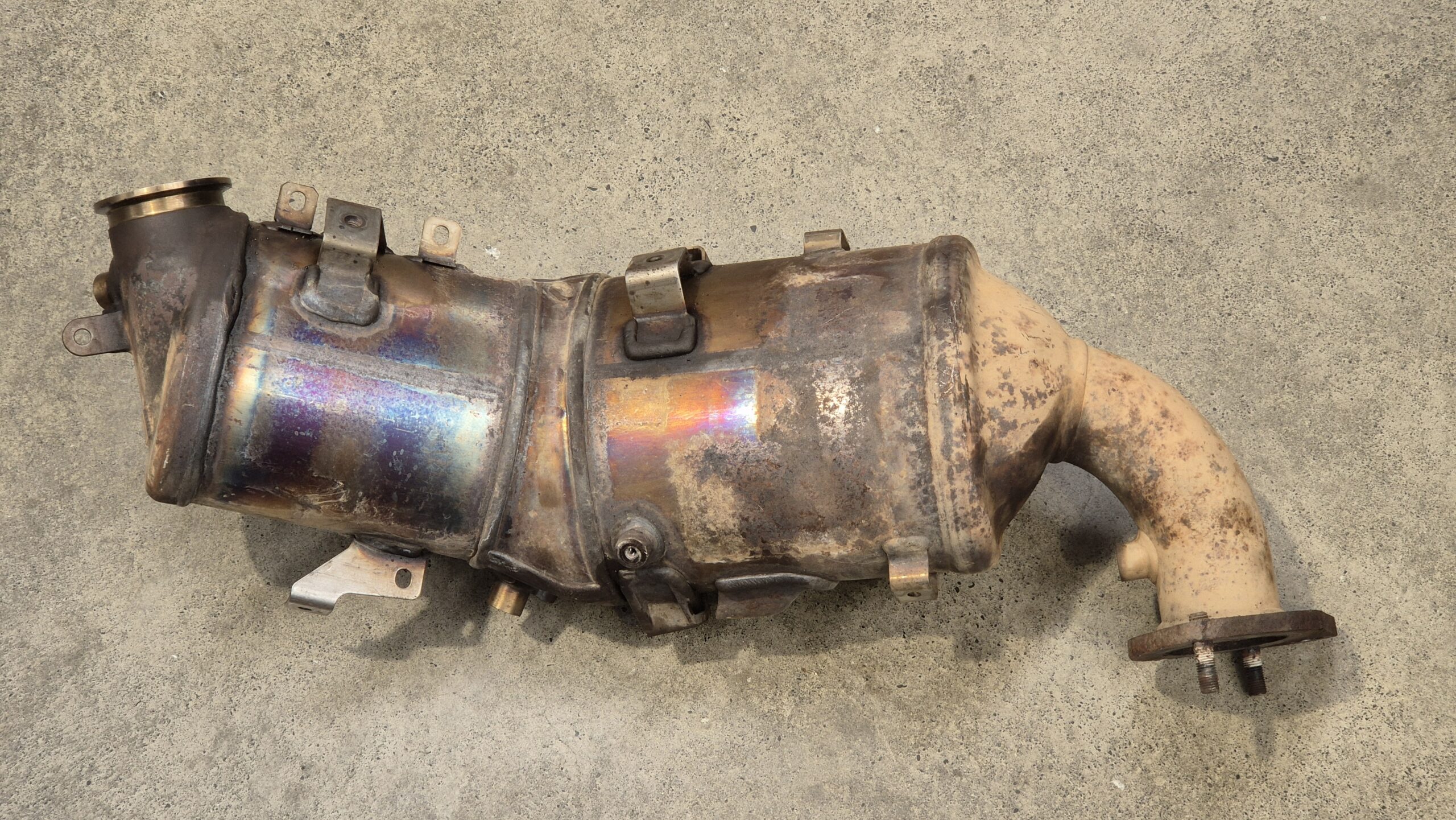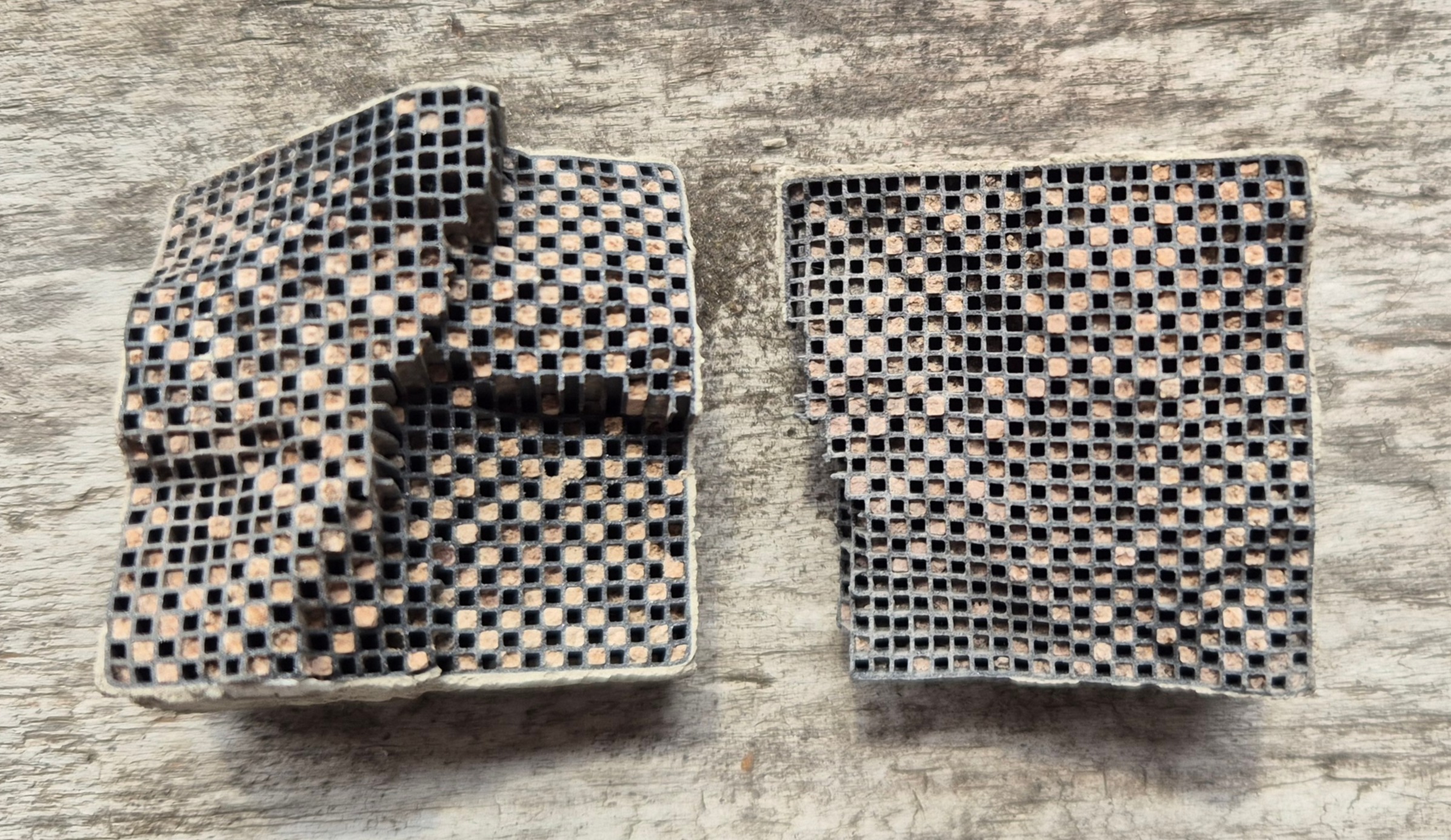4 Reasons For DPF Failure and The Benefits Of DPF Removal
What is a DPF?
DPF stands for diesel particulate filter and is fitted in the exhaust system of modern diesel vehicles. They are designed to filter and store diesel particulate matter (or soot) from the exhaust gases, before periodically carrying out a regeneration or burn off.
A regeneration happens when the engine ECU detects a restriction in the DPF filter, to regenerate the DPF to clear and prevent blockages. This is accomplished by raising the exhaust temperatures by injecting extra fuel when the filter reaches a predetermined limit, burning the accumulated soot in the process.
However many factors can affect a complete regeneration leading to the DPF failing; from short trips & speed to clogged EGR valve & excess fuel not getting burned off.
Because of the high price of fixing and cleaning a DPF, when it fails many vehicle owners consider removal as an alternative solution. In this blog post, we will go over the reasons for failure and the benefits of removing the DPF, as an alternative to fixing a failing DPF.

Table Of Content
1.1 Clogging And Soot Accumulation
1.2 Faulty Regeneration Process
2. 4 Benefits Of Removing The DPF
2.1 Improved Engine Performance
4 Reasons For DPF Failure
1. Clogging and Soot Accumulation
One of the primary reasons DPFs fail is clogging due to excess soot. Diesel engines produce soot, which collects in the DPF filter. When the DPF is unable to complete a regeneration, it becomes too full it can’t perform its job effectively. This leads to loss of power, reduced fuel economy, limp mode, bad smells and warning lights.

2. Faulty Regeneration Process
When the DPF becomes too clogged to complete a full regeneration, the extra fuel injected into the cylinders fails to burn off completely. Instead the diesel seeps past the piston rings and into the sump. Resulting in decreased oil quality and increased oil levels, and excessive engine wear due to contaminated oil.
3. Faulty EGR Valve
The EGR (Exhaust Gas Recirculation) Valve is designed to recirculate exhaust gases back into the engine before they pass through the DPF. If the EGR is not working effectively or becomes faulty, this can lead to the intake manifold to become restricted with carbon build up. This intake restriction can cause incomplete DPF regenerations.
4. Frequent Short Trips
Driving patterns play a significant role in DPF health. Frequent short trips or stop/start city driving, as well as low speeds prevent the engine reaching the required temperatures, leading to incomplete regenerations and further clogging of the DPF.
The DPF requires a consistent high speed and high temperatures to effectively burn off accumulated soot.
4 Benefits Of Removing The DPF
1. Improved Engine Performance
One of the most significant advantages of removing a DPF is the improvement in engine performance. The DPF creates backpressure in the exhaust system, which can hinder engine efficiency and delay the exhaust process. By removing the DPF there is less restriction to exhaust flow, allowing the engine to breathe more freely and operate at its full potential.
2. Enhanced Fuel Efficiency
Removing the DPF can enhance engine efficiency by reducing backpressure caused by clogging. This allows for smoother fuel flow, leading to improved fuel mileage and savings of 5% to 15%. For those who drive long distances or rely on their vehicles for work, this can significantly lower operating costs.
3. Reduced Maintenance Costs
The DPF require regular maintenance and can become expensive. By removing the DPF, vehicle owners can eliminate the maintenance costs of repairs or replacements and also lowers oil contamination.
Additionally, DPF systems often use diesel exhaust fluid (DEF) to aid in cleaning exhaust gases, adding further to operating costs. Without the DPF, these expenses are avoided, making vehicle ownership more economical.
4. Elimination of Regeneration Issues
Removing the DPF eliminates the risk of regeneration failures. Many drivers face issues related to the regeneration process, including loss of power, reduced fuel economy, limp mode, bad smells and warning lights. Without a DPF, these concerns are alleviated, resulting in a more reliable vehicle.
DPF Removal and Tuning
When opting for DPF removal, it’s essential to also perform a DPF delete within the ECU. This step ensures complete system deactivation, preventing any fault codes or warning lights from appearing. Only skilled tuning professionals with the right tools should handle this, as they can safely access and adjust the ECU.
Removing the DPF can impact your vehicle’s emissions. We recommend taking your vehicle for an emissions test after the modification to ensure compliance and obtain a certificate for the change.
While at it, consider having your vehicle tuned to unlock the full potential of a DPF removal, enhancing both performance and efficiency. Read more about out other tuning services here.
For automotive enthusiasts, DPF removal opens the door to various tuning and customization options. With fewer restrictions in the exhaust system, tuners can be employed to enhance engine characteristics. This flexibility allows drivers to tailor their vehicles to their specific needs, whether for racing, off-roading, or everyday enjoyment.
If you are interested in hearing more about DPF removals or tuning please fill out this form
"*" indicates required fields
